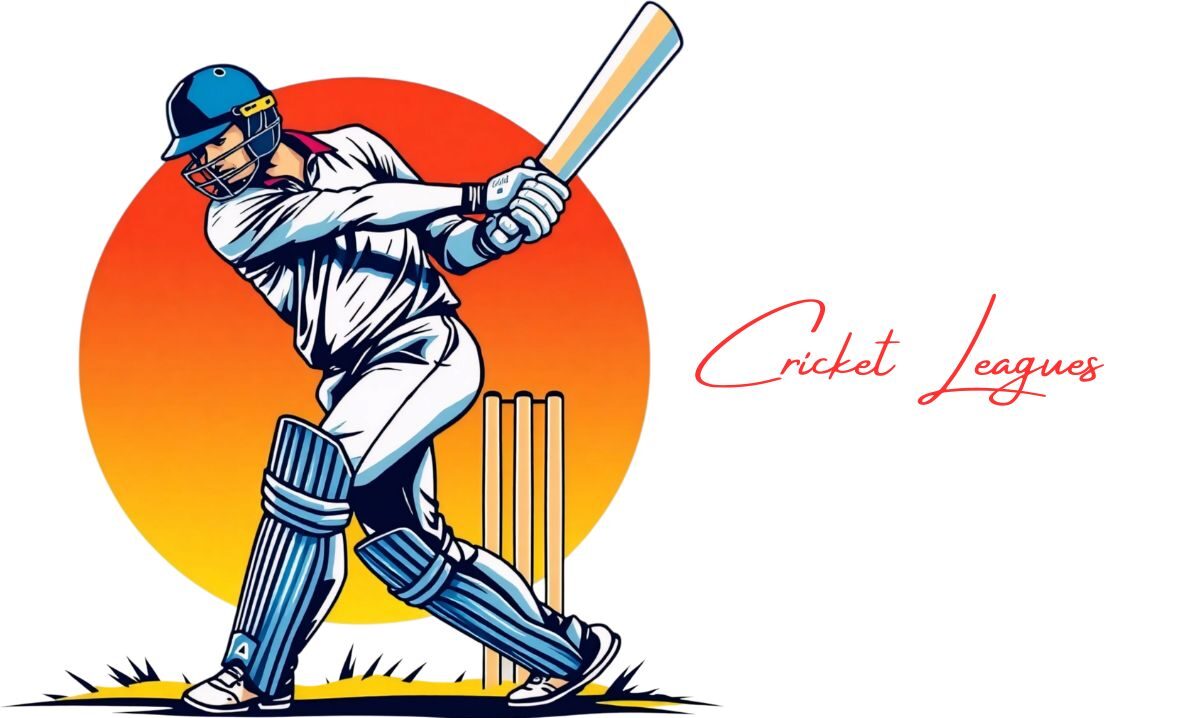It all started in the countryside of England in the 16th century. A game like cricket was first seen as just for fun, and it was played by villagers. The game developed to take a form where specific rules and regulations were being followed, as well as some set traditions. Cricket had evolved into a popular game by the 18th century; it drew the attention of every social class in England, including the highest one. When it was still young, it provided the basis for the development of what would later be referred to as an English cultural product that was exported worldwide.
The Influence of Modern Entertainment
Today, there is a competition between sports and numerous other forms of entertainment. By combining tradition and modernity, cricket remains essential. Live coverage, brightly coloured stadiums, and short games such as T20 have increased the pace, making it very interesting. Technology also plays a role in attracting viewers to this game. For example, the rise of the Parimatch online cricket betting app has given fans an interactive way to connect with the sport. Nowadays, it’s not just about watching anymore. Lots of people get involved in football in other ways like tracking scores, making predictions on outcomes, or even showing their love for top players on social media platforms. Cricket can now reach even the most remote audiences, thanks to an extra digital layer that was easily applied.
The Colonial Connection
Historical factors are responsible for the global dissemination of cricket. The spread of the game throughout the globe occurred in the era of the British Empire, when English soldiers, sailors, and colonial administrators took it with them as they traveled. This is because during colonial times, countries like India, Australia, South Africa, and the islands of the Caribbean came to learn about cricket. India has even adopted and transformed cricket into a globally recognized sport. Today, the Indian Premier League (IPL) is ranked as the most popular sporting event worldwide, with players and viewers from different parts of the world.
Adapting to a Changing World
In order for it to survive, the game has had to be very flexible. There are still the pure forms of the game, which take five days to complete, known as Test matches, but there are also other shorter versions, such as the One Day Internationals and T20, which are catching up with the youth. This has made cricket enjoyable to all age groups as there are night matches with floodlights, cheerleaders, and music. Through media, one can follow a game live from any part of the world and see it as if one was right there. There has also been an expansion of cricket in non-traditional regions facilitated by the sport’s governing bodies’ support of grassroots programmes in the USA, Canada, and some parts of Europe.
Conclusion: A Sport Without Borders
The way cricket went from being just a village game in England to having packed stadiums in India shows it’s loved everywhere. Part of the reason? It’s competitive– but also traditional and fun. Because of this, matches can be held between players from different countries and cultures.
Unlike other sports with similarly international appeal, cricket is no longer seen as just another English pastime. Cricket’s past demonstrates that people can come together and enjoy it in universal, barrier-transgressing ways.



